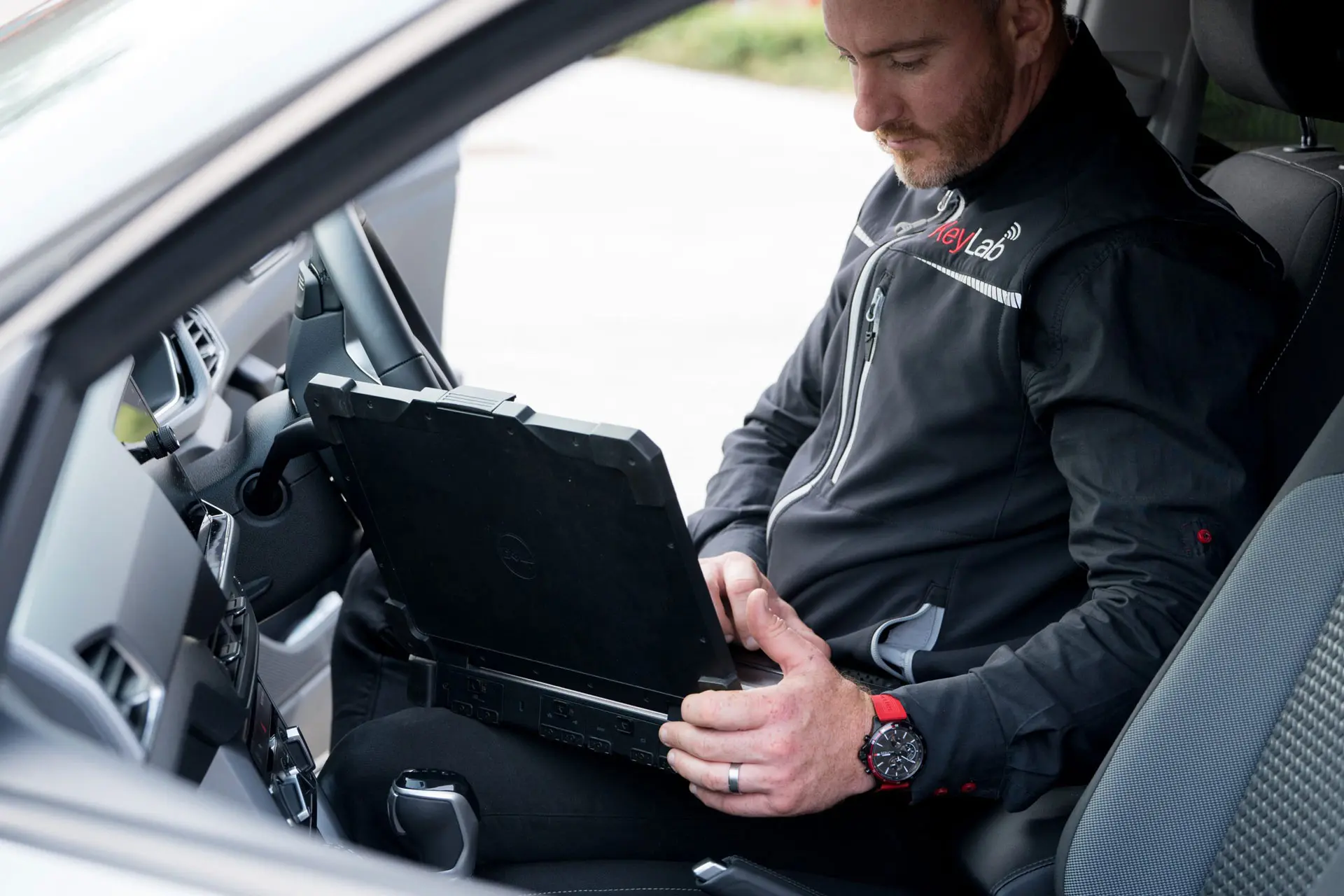Car Key Button Replacement: What's No One Is Talking About

Car Key Button Replacement: A Comprehensive Guide
In the age of sophisticated automotive innovation, car keys have actually developed substantially, transitioning from standard metal keys to modern-day key fobs equipped with different features. Nevertheless, with such developments comes the inevitability of wear and tear, particularly with the buttons on these key fobs. This short article checks out the need of car key button replacement, the methods involved, and the common concerns surrounding the procedure.
Comprehending Key Fobs and Their Importance
Key fobs serve numerous functions: locking and unlocking the vehicle, enabling keyless entry, and in some cases, starting the engine remotely. Provided their various performances, the buttons on these gadgets are often used, making them vulnerable to damage over time. Factors adding to use and tear include:
- Frequent Use: Regular operation can lead to button tiredness.
- Exposure to Elements: Harsh climate condition can break down plastic and electronic elements.
- Accidental Damage: Dropping or mishandling a key fob can cause physical damage.
As these buttons become less responsive or stop operating totally, drivers might find themselves locked out of their vehicles or not able to start them. Understanding the significance of timely replacement is essential for maintaining vehicle ease of access.
Signs That You Need a Key Button Replacement
Acknowledging the signs that a key fob button requires replacement can save time and disappointment. Try to find the following signs:
- Sticky or Jammed Buttons: If the buttons feel sticky or do not push down quickly, they might need replacement.
- Irregular Response: Buttons that require several presses to work show internal issues within the key fob.
- Noticeable Damage: Cracks, chips, or broken buttons can hinder performance and render the key fob unusable.
- Rust: Rust or staining around the buttons may suggest damage brought on by moisture direct exposure.
How to Replace Car Key Fob Buttons
Replacing car key fob buttons may appear challenging, but with the best approach, it can be a manageable DIY task or managed professionally. Here's a step-by-step guide on how to do it yourself.
Materials Needed:
- Replacement buttons (offered online or at an automotive store)
- Small screwdriver (typically a Phillips or flathead)
- Plastic pry tool (optional)
- Adhesive (if required)
Steps to Replace:
Disassemble the Key Fob:
- Using a little screwdriver, thoroughly open the key fob case. more helpful hints may need a plastic pry tool to prevent damaging the case.
Remove the Old Buttons:
- Gently lift and eliminate the damaged buttons, taking care not to harm the internal electronic devices.
Clean the Interior:
- Wipe down the interior with a lint-free cloth to get rid of dust and particles.
Install New Buttons:
- Position the new buttons in location and ensure they align correctly with the circuit board.
Reassemble the Key Fob:
- Carefully snap the casing back together, making sure that all parts are securely in place.
Evaluate the Key Fob:
- Before using it, evaluate each button to verify that they operate properly.
| Action | Action |
|---|---|
| 1. Disassemble | Open key fob casing |
| 2. Eliminate Old Buttons | Lift out damaged buttons |
| 3. Tidy Interior | Utilize a lint-free cloth to clean |
| 4. Set Up New Buttons | Position and secure brand-new buttons |
| 5. Reassemble | Snap casing back together |
| 6. Test | Ensure all buttons work as designated |
Alternative: Seeking Professional Help
If the DIY method seems difficult or the key fob has more comprehensive problems than simply button replacement, seeking professional assistance is advisable. Lots of automotive locksmiths and car dealerships use key fob repair and replacement services.
Pros of Professional Help:
- Expert Assistance: Professionals possess the right tools and experience to handle complex key fob issues.
- Warranties: Repairs done by authorized dealers might come with service warranties, offering peace of mind.
- Time Saving: Professionals can typically complete the task quicker.
Cons of Professional Help:
- Cost: Professional services can be considerably more pricey than a DIY method.
- Trouble: Dependence on visit availability or shop hours might result in hold-ups.
Often Asked Questions (FAQs)
1. Just how much will it cost to replace my car key fob buttons?
The cost differs based on whether you choose a DIY method (generally under ₤ 20 for parts) or expert services (varying from ₤ 50 to ₤ 200 depending on the complexity and make/model of the vehicle).
2. Can I use any button as a replacement?
No, it's important to use buttons particularly created for your key fob model to guarantee compatibility and performance.
3. Will changing the buttons impact my key fob's programming?
No, changing the buttons should not affect the programming of your key fob as long as the internal electronic components remain undamaged.
4. How can I avoid my key fob buttons from getting harmed?
- Avoid Misuse: Regularly look for indications of wear and avoid pressing buttons exceedingly.
- Utilize a Keychain: Attach your key fob to a keychain to limit the possibilities of dropping it.
- Keep Away from Water: Store your key fob in a dry place and avoid exposure to water.
5. What if my key fob does not work after changing the buttons?
If your key fob is still unresponsive after button replacement, there may be internal electronic damage. In such cases, seeking professional medical diagnosis is recommended.
Replacing car key fob buttons is important for keeping functionality and ensuring convenience. Although it can be a straightforward DIY project, expert help is readily available for those seeking assistance. By recognizing the indications that replacement is required and comprehending the actions involved, vehicle owners can quickly restore their key fobs to complete performance. Prioritizing key fob upkeep not just boosts everyday convenience but also avoids additional complications down the road.

